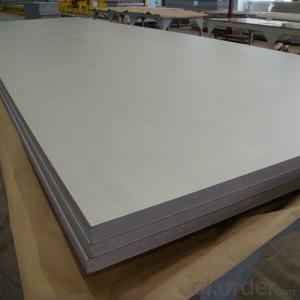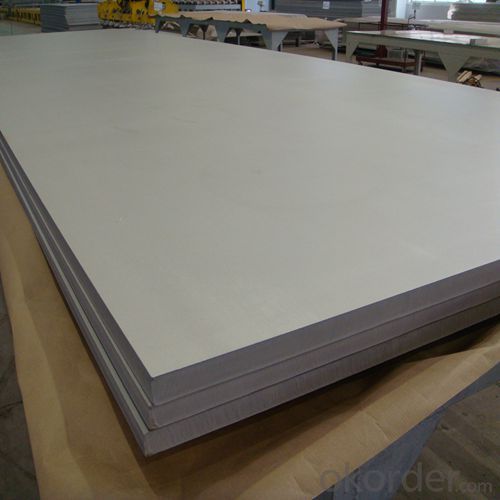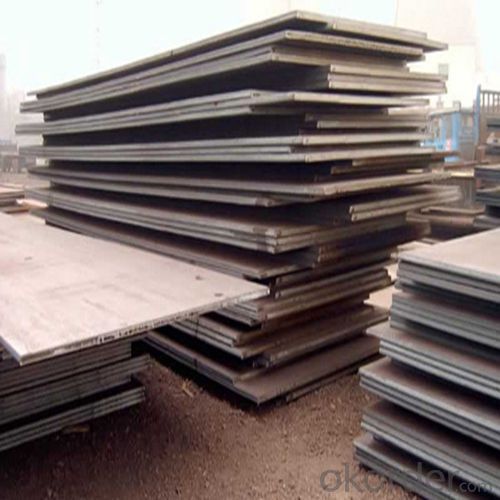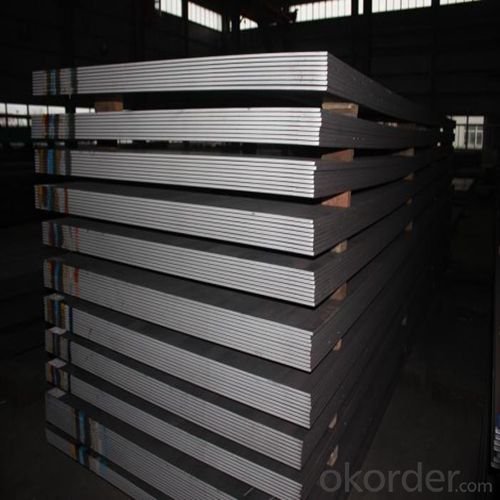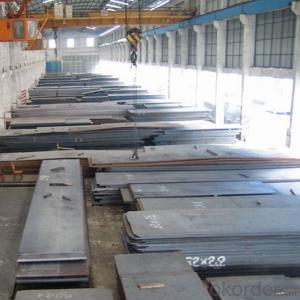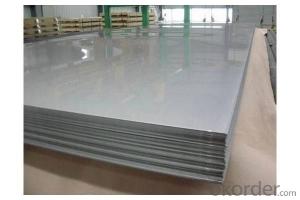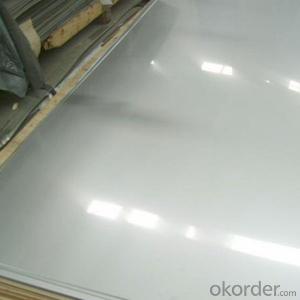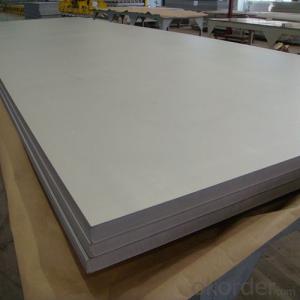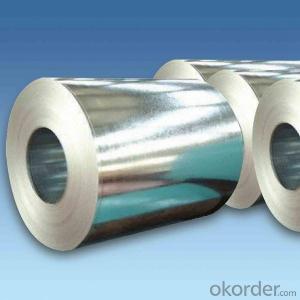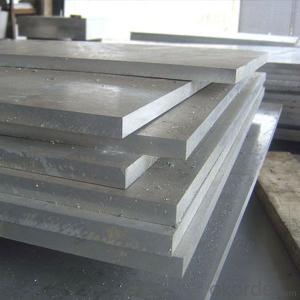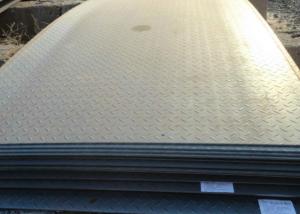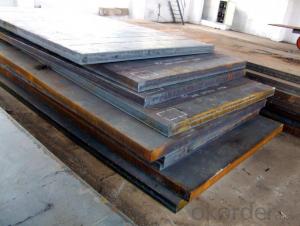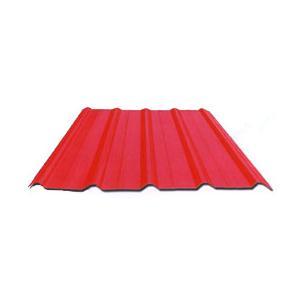Carbon Steel Plate China Made Structural Steel Plate
- Loading Port:
- Tianjin
- Payment Terms:
- TT or LC
- Min Order Qty:
- 100 m.t.
- Supply Capability:
- 50000 m.t./month
OKorder Service Pledge
OKorder Financial Service
You Might Also Like
Product Description:
OKorder is offeringCarbon Steel Plate China Made Structural Steel Plate at great prices with worldwide shipping. Our supplier is a world-class manufacturer of steel, with our products utilized the world over. OKorder annually supplies products to European, North American and Asian markets. We provide quotations within 24 hours of receiving an inquiry and guarantee competitive prices.
Product Applications:
Carbon Steel Plate China Made Structural Steel Plate are ideal for structural applications and are widely used in the construction of buildings and bridges, and the manufacturing, petrochemical, and transportation industries.
Product Advantages:
OKorder's Carbon Steel Plate China Made Structural Steel Plate are durable, strong, and resist corrosion.
Main Product Features:
· Premium quality
· Prompt delivery & seaworthy packing (30 days after receiving deposit)
· Corrosion resistance
· Can be recycled and reused
· Mill test certification
· Professional Service
· Competitive pricing
Product Specifications:
Standard:AISI, ASTM, DIN, GB, JIS
Grade:Q195,Q235,SS400,A36,Q345B
Thickness:1.5mm-200mm
Place of Origin:Tianjin, China (Mainland)
Brand Name:Zhenxiang-steel plate
Model Number:1.5mm-200mm steel plate
Type:Steel Plate
Technique:Hot Rolled
Application:Ship Plate
Special Use:High-strength Steel Plate
Width:600mm-3200mm
Length:any length
Standard:AISI, ASTM, BS, DIN, GB, JIS
Grade:Q195,Q235,SS400,A36,Q345B
Technique:Hot Rolled
MOQ:100 tons
Delivery Detail:25 days after receive payment
| Packaging Details: | steel plate suitable for exported packing in coil coil weight arround 2 mt |
|---|---|
| Delivery Detail: | 10-25 days after receive payment |
Steel Plate
1.Dimension:8-100
2.Length:1000-12000
3.Grade:Q235,SS400,A36,Q345
4.Large stock, low price, high quality
FAQ:
Q1: Why buy Materials & Equipment from OKorder.com?
A1: All products offered byOKorder.com are carefully selected from China's most reliable manufacturing enterprises. Through its ISO certifications, OKorder.com adheres to the highest standards and a commitment to supply chain safety and customer satisfaction.
Q2: How do we guarantee the quality of our products?
A2: We have established an advanced quality management system which conducts strict quality tests at every step, from raw materials to the final product. At the same time, we provide extensive follow-up service assurances as required.
Q3: How soon can we receive the product after purchase?
A3: Within three days of placing an order, we will begin production. The specific shipping date is dependent upon international and government factors, but is typically 7 to 10 workdays.
Q4: What makes stainless steel stainless?
A4: Stainless steel must contain at least 10.5 % chromium. It is this element that reacts with the oxygen in the air to form a complex chrome-oxide surface layer that is invisible but strong enough to prevent further oxygen from "staining" (rusting) the surface. Higher levels of chromium and the addition of other alloying elements such as nickel and molybdenum enhance this surface layer and improve the corrosion resistance of the stainless material.
Q5: Can stainless steel rust?
A5: Stainless does not "rust" as you think of regular steel rusting with a red oxide on the surface that flakes off. If you see red rust it is probably due to some iron particles that have contaminated the surface of the stainless steel and it is these iron particles that are rusting. Look at the source of the rusting and see if you can remove it from the surface.
Images:
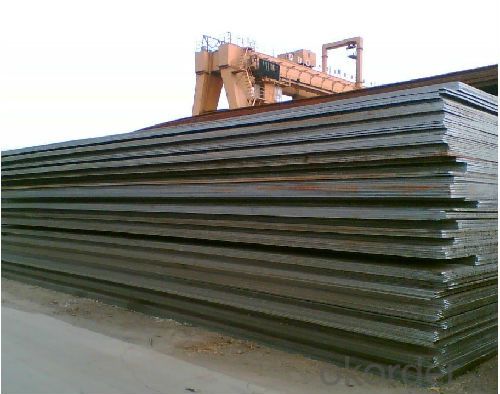
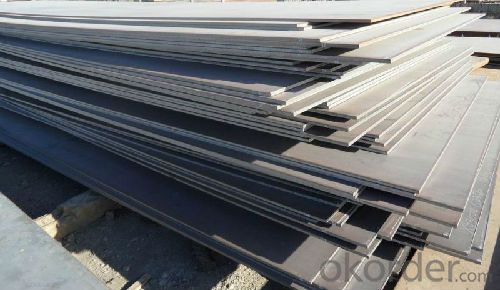
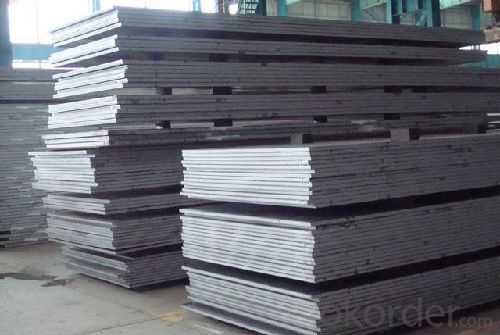
- Q: What are the different shapes available for steel sheets?
- Steel sheets come in a variety of shapes to meet specific requirements and applications. Some commonly used shapes include: 1. Basic and versatile, flat sheets have a flat surface and come in different sizes and thicknesses. They are widely used in construction, automotive, and manufacturing industries. 2. Coils are continuous lengths of sheet metal wound into a roll. They are ideal for large-scale production processes in industries like appliances, automobiles, and HVAC systems. 3. Perforated sheets have evenly spaced holes throughout. They are used for ventilation, filtration, or aesthetic purposes in architectural designs, signage, and industrial machinery. 4. Corrugated sheets have parallel ridges and grooves that offer strength and rigidity. They are commonly used for roofs and siding due to their durability and weather resistance. 5. Expanded metal sheets are created by cutting and stretching a flat sheet, resulting in diamond-shaped openings. They are used for ventilation, security, or filtration purposes in fences, walkways, and machine guards. 6. Diamond plate sheets, also known as tread or checker plates, have raised diamonds or lines on their surface. They are popular for flooring, stairs, ramps, and truck bed liners because they provide traction and slip resistance. These examples represent just a few of the available shapes for steel sheets. The choice of shape depends on project requirements, including strength, durability, aesthetics, and functionality.
- Q: What are the safety precautions when handling steel sheets?
- When handling steel sheets, some important safety precautions include wearing appropriate personal protective equipment such as gloves, safety glasses, and steel-toed shoes to protect against cuts and injuries. It is necessary to lift and carry steel sheets properly using correct lifting techniques and equipment to avoid strain or back injuries. Additionally, ensuring a clean and organized work area, free from any tripping hazards, is essential. Proper storage and stacking of steel sheets is crucial to prevent them from falling or shifting, causing accidents. Regular inspection and maintenance of equipment used for handling steel sheets is also important to ensure safe operation.
- Q: Are steel sheets suitable for high-pressure applications?
- Yes, steel sheets are suitable for high-pressure applications. Steel is known for its strength, durability, and resistance to deformation, making it an ideal material for withstanding high pressures.
- Q: How do steel sheets perform in harsh chemical environments?
- Steel sheets generally perform well in harsh chemical environments due to their inherent strength and resistance to corrosion. However, the specific performance of steel sheets in such environments depends on factors such as the type and concentration of chemicals, temperature, and exposure duration. In some cases, additional protective coatings or treatments may be necessary to enhance the steel sheets' resistance to chemical corrosion.
- Q: How are steel sheets protected during storage in outdoor environments?
- Steel sheets are protected during storage in outdoor environments through the application of various protective measures. These measures may include the use of weather-resistant coatings, such as galvanization or paint, to prevent corrosion and rusting. Additionally, steel sheets can be stored on pallets or racks to minimize contact with the ground and reduce the risk of moisture accumulation. Covering the sheets with tarpaulins or using weatherproof storage containers further shields them from direct exposure to rain, snow, and sunlight. Regular inspections and maintenance are crucial to ensure the effectiveness of these protective measures and to address any potential issues promptly.
- Q: How is the weight of the steel plate calculated?
- The weight of the steel plate is calculated in this way:Weight = length (unit m) * width (unit m) * thickness (unit mm) *7.85
- Q: What are the advantages of using galvanized steel sheets?
- Using galvanized steel sheets in various applications offers several advantages. Firstly, they exhibit high resistance to corrosion. The process of galvanizing involves applying a zinc layer to the steel sheets, which acts as a protective barrier against rust and other forms of corrosion. This makes galvanized steel sheets ideal for outdoor applications or environments that are prone to moisture, like construction sites or coastal areas. Secondly, galvanized steel sheets possess excellent durability and longevity. The zinc coating enhances their overall strength and resistance to wear and tear. Consequently, galvanized steel sheets can withstand heavy loads, extreme temperatures, and other harsh conditions, making them suitable for long-term use. Moreover, galvanized steel sheets prove to be cost-effective. Though the initial cost may be slightly higher compared to other materials, their long lifespan and low maintenance requirements offset this investment. Galvanized steel sheets do not require frequent painting or sealing, saving both time and money in the long run. Furthermore, galvanized steel sheets are environmentally friendly. The zinc coating used in the galvanizing process is recyclable, contributing to sustainable practices. Additionally, the extended lifespan of galvanized steel sheets reduces the need for frequent replacements, minimizing waste and conserving resources. Lastly, galvanized steel sheets offer versatility in terms of applications. They can be easily formed, shaped, and cut to meet specific requirements, making them suitable for a wide range of industries, including construction, automotive, and manufacturing. The ability to customize galvanized steel sheets ensures their compatibility with various designs and structural needs. In conclusion, the benefits of using galvanized steel sheets encompass superior corrosion resistance, durability, cost-effectiveness, environmental friendliness, and versatility. These advantages make galvanized steel sheets a favored choice across numerous industries and applications.
- Q: What is the difference between a galvalume and galvanized steel sheet?
- The main difference between a galvalume and galvanized steel sheet lies in the coating applied to the steel. Galvalume uses a combination of aluminum, zinc, and silicon to form a protective coating, while galvanized steel is coated with a layer of zinc. This difference in coating composition gives galvalume sheets better corrosion resistance, heat reflectivity, and durability compared to galvanized steel.
- Q: Can steel sheets be used for heat exchangers?
- Yes, steel sheets can be used for heat exchangers. Steel has good thermal conductivity and can withstand high temperatures, making it suitable for heat transfer applications. However, the specific type of steel and its thickness should be carefully chosen based on the operating conditions and requirements of the heat exchanger.
- Q: What are the different surface patterns available for steel sheets?
- There are several different surface patterns available for steel sheets, including smooth, diamond, textured, and brushed finishes.
Send your message to us
Carbon Steel Plate China Made Structural Steel Plate
- Loading Port:
- Tianjin
- Payment Terms:
- TT or LC
- Min Order Qty:
- 100 m.t.
- Supply Capability:
- 50000 m.t./month
OKorder Service Pledge
OKorder Financial Service
Similar products
Hot products
Hot Searches
Related keywords
